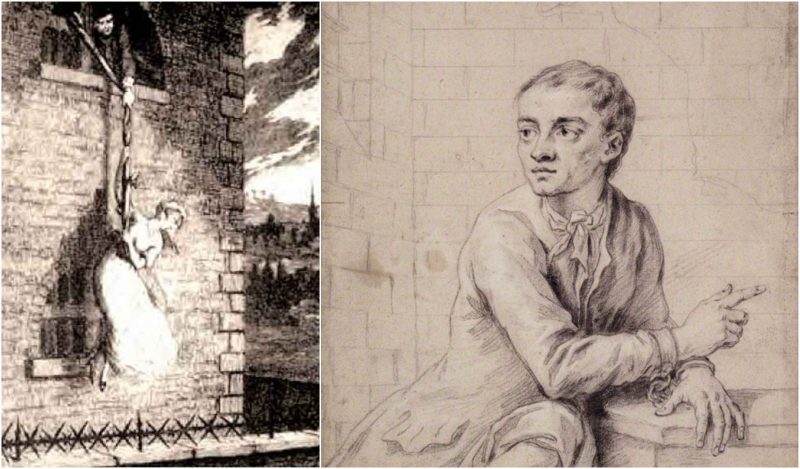Jack Sheppard was a young man who during his short life managed to become the most notorious thief, escaping prison four times and becoming the most popular character of his time. It is believed that Daniel Defoe wrote an autobiographical “Narrative” as the ghostwriter of Jack Sheppard, which was sold during the execution of the boy.
Jack was born in 1702, into a poor family in Spitalfields area in London. His father died when Jack was a child, so unable to support him; his mother sent him to workhouses where he learned the skills of a carpenter, and by his 20s he was already an accomplished craftsman. At the age of 20, Jack was only 5’4″ (1.63 m) tall and lightly built but had a quick smile and charm which made him a popular character in the taverns of Drury Lane.
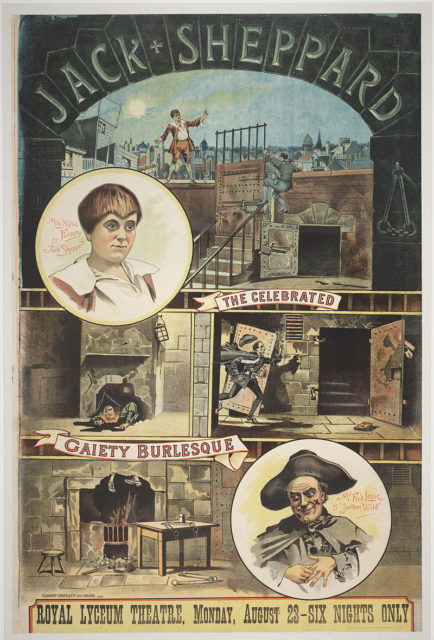
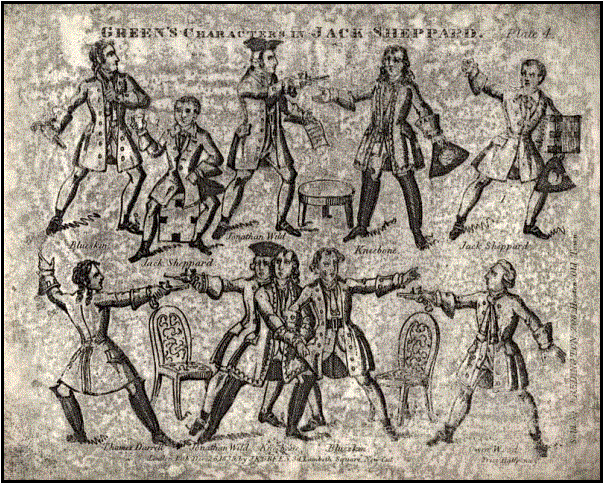
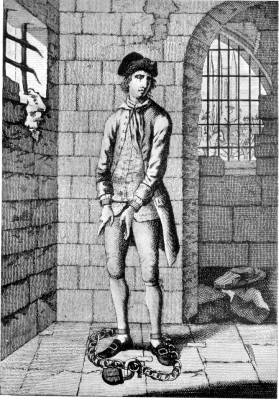
He turned to rebellion after he met Elizabeth Lyon, a prostitute also known as Edgeworth Bess. Jack started drinking heavily during this time, spending all his money on alcohol and prostitutes. His career as a carpenter suffered, and the only source of income for Sheppard became stealing. His first recorded crime was for petty shoplifting in spring 1723.
He was, however, still working as a carpenter and wasn’t suspected of robbery. That same year, Sheppard moved to Fulham with Lyon, but Elizabeth was arrested and imprisoned at St Giles’s Roundhouse. When Jack went to visit her, the beadle refused him entrance, and so Jack broke in and took Elizabeth away. But they were both soon recognized, arrested, and imprisoned in New Prison in Clerkenwell, and locked in a cell known as The Newgate Ward.
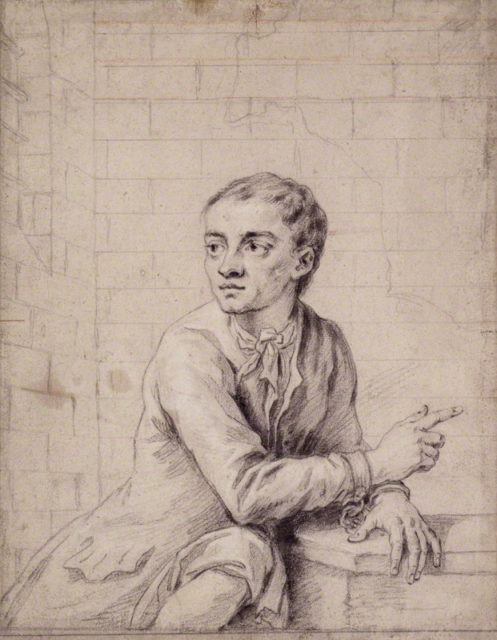
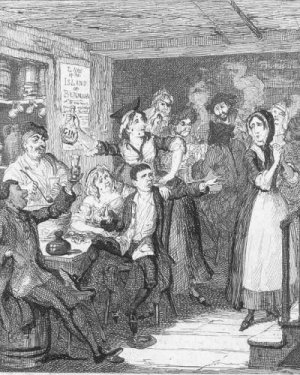
Sheppard in a tavern drinking liquor. Engraving of the artist George Cruikshank made to illustrate the novel Jack Sheppard of Ainsworth.
The couple remained there for only one night and escaped the next morning. By making a hole in the wall, Sheppard removed the iron bar, tied the sheets and blankets together, and both him and Elizabeth lowered to the ground holding the tied sheets. They then climbed over a 22-foot-high wall and escaped from the prison.
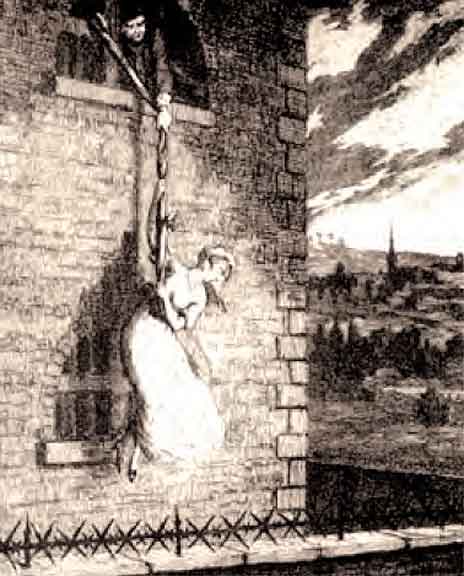
The next year, Sheppard was sentenced to death and held in Newgate again. One evening he had two visitors – Bess Lyon and another prostitute, Moll Maggot, who distracted the guard while Sheppard removed one of the large iron spikes of the cell. With his size, it was easy for him to push his body between the spikes and escape with the two women. However, his freedom didn’t last very long and soon he was imprisoned again, in the same jail. It was then that he made his most famous escape.
He managed to slip off his handcuffs and unlocked the padlock of the chain securing him to the floor with a crooked nail. First, he broke a few doors he needed to get through and then scaled the roof of the prison, and then he returned to his cell for a blanket. He used the blanket to slide down the roof onto the neighboring roof. He climbed down into the house and escaped through the front door. He still had the chains on his legs.
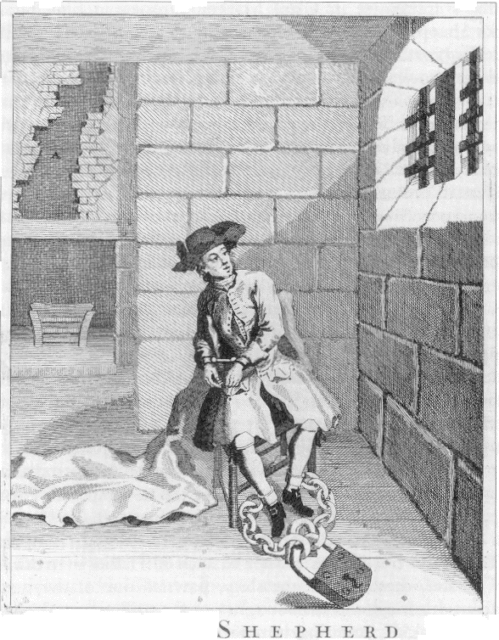
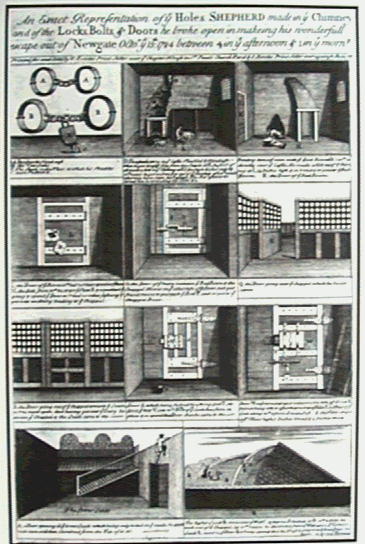
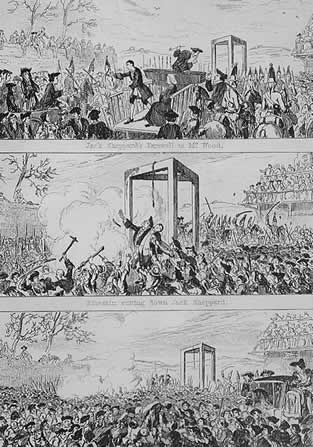
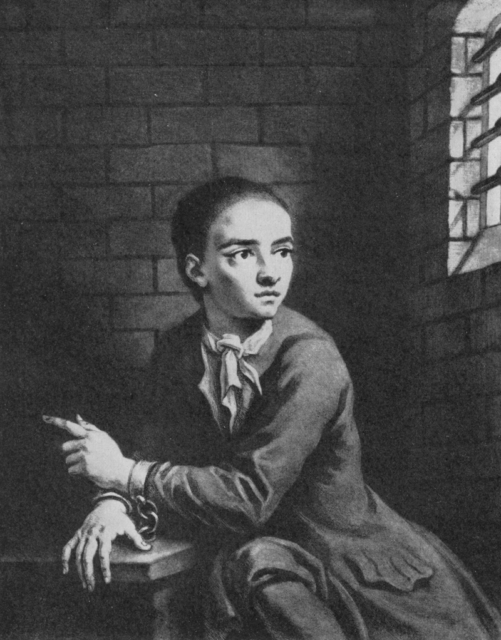
Two weeks later Sheppard was too drunk to be cautious and was arrested again. This time he couldn’t organize his escape, so it is speculated that Sheppard had a plan for two friends to retrieve his body after 15 minutes on the gallows and to try to revive him, as in rare cases it was possible to survive a hanging.
Read another story from us: The story of the first and last woman to rob a stagecoach
But unfortunately, the masses of people who gathered to give their farewells to Sheppard didn’t know about this plan. He was a famous and beloved character, so the public tried to help him, and as he got hung, people gathered and pulled his legs so they would ease his death and save him from pain. His badly mauled remains were recovered later and buried in the churchyard of St Martin’s-in-the-Fields that evening.
